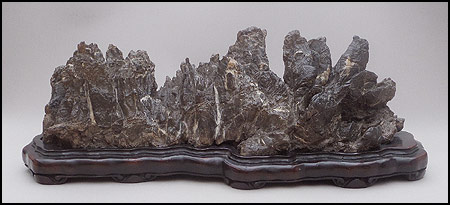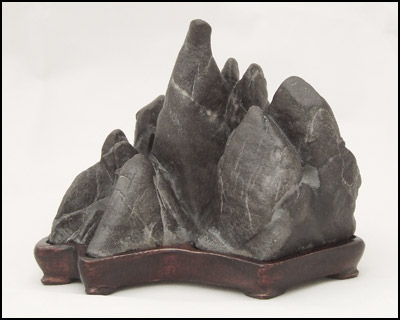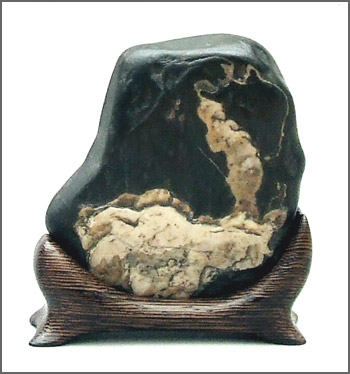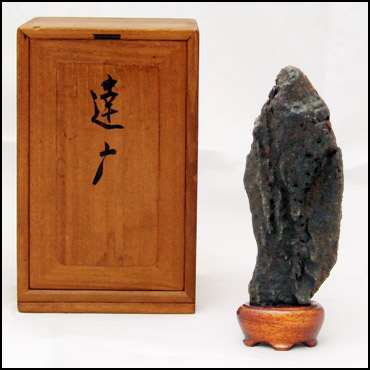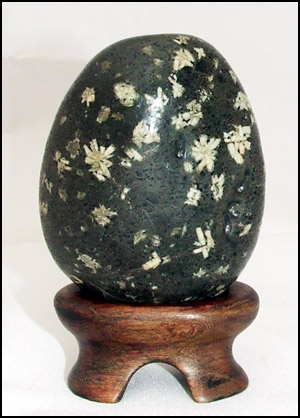|
FURTHER INFORMATION RESOURCES
• David Sampson has a connoisseur website devoted to Japanese Suiseki sales. • There is an enthusiast's forum on the Internet Bonsai Club devoted to Viewing Stones. • My 'go to' book is The Japanese Art of Stone Appreciation by Covello and Yoshimura ISBN 0804814856. • The Richard Rosenblum Chinese Rock catalogue Worlds within Worlds is well worth tracking down. |

